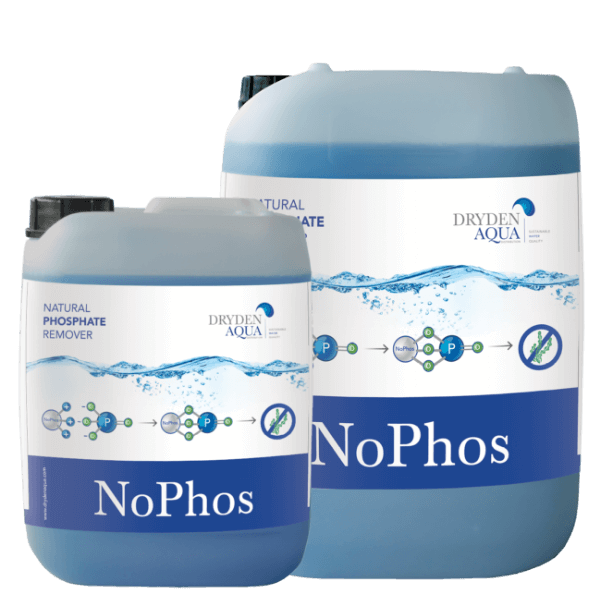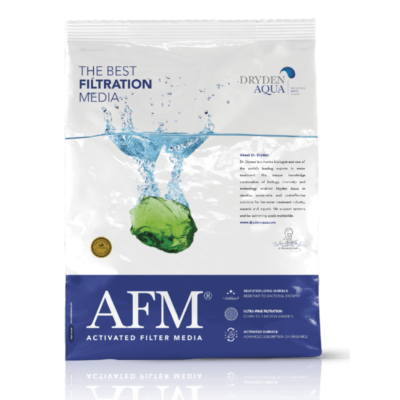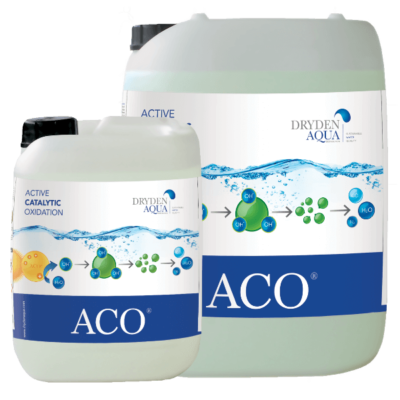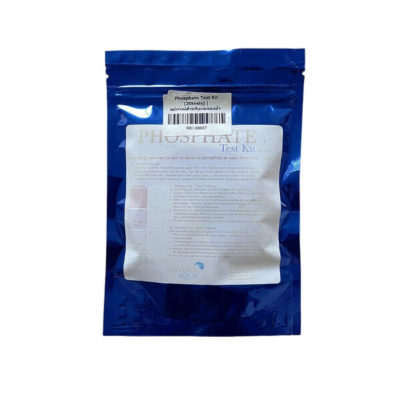Description
Remove Phosphate in water and pool: NoPhos is a natural product that can be safely used in public and private swimming pools, as well as in natural pools, ponds, and aquaria. NoPhos is a charged ion which reacts with phosphate to form an insoluble precipitate that is removed by AFM®, or it forms an inert deposit on the floor of the pool that is easily remove. Without Phosphate Algae Can’t Grow. Removes phosphates in pool from water supply, bathers and from debris blown into the pool.
Your benefits at a glance:
- Eliminates phosphates – Prevents algae and bacteria growth, Phosphate Algae Can’t Grow
- Is a natural product – NoPhos can be used in swimming pools and ponds
- Makes crystal clear water – Nophos is a coagulant improving the filtering performance of AFM® and sand filters
How to use NoPhos Phosphate Remover?
Only a small amount of Nophos is required to remove phosphates (No Phos Remove Phosphate), 10 ml of NoPhos is enough to bind 1 g of phosphate. If you have a pool with 100 m3 of water at 0.5 ppm = mg/l = g/m3 of phos-phate, you have 50 g of phosphate in the pool.
To remove the 50 g of phosphate you need 500 ml of NoPhos. We have developed a quick and simple phosphate test kit for swimming pools. In swimming pools, NoPhos can also be used preventatively with-out measuring the level of phosphate.
Caution: In systems with biological filters the phosphate content must not reach zero.
We recommend the following values:
- For swimming pools and fountains: 0 ppm
- For natural pools/swimming ponds 0.05 – 0.1 ppm
Where to use Nophos?
In a public swimming pool
In a public swimming pool phosphate is measured weekly. NoPhos is automatically and continuously added to the pool using a peristaltic dosing pump. 1 litre of NoPhos can be diluted to 20 liters using clean water. This solution is then continuously dosed into a ZPM before the filter at 1 ml per m3 of water circulated.
Example: 100 m3/h circulation = 100 ml/h of diluted NoPhos. Depending on the weekly reading, the dosage will be adjusted up or down.
In a private swimming pool
In a private swimming pool, Nophos is used prophylactically and is added to the pool manually once per week. The dosage used is 1 ml of undiluted NoPhos per m3 of pool volume per week. For example, if the pool is 80 m3, add 80 ml of NoPhos every week.
We recommend it is added into the skimmer or to the overflow channel. If NoPhos is added directly to the pool, there will be a short period of higher turbidity. Precipitation is normal and shows that the product is working. If a heavy gray precipitation is observed on the pool bottom a little too much NoPhos has been added, future dosage should be adjusted accordingly.
In a pond or natural pool
In a pond or natural pool, NoPhos is the ideal product. It works best when diluted with water to a ratio of 1:20 and then continuously dosed with a dosing pump into a ZPM before an AFM® filter. Some phosphate should be left in solution to help maintain the biofilter performance, so occasional measurement of the phosphate concentration using a precision photometer is important.
In a water feature or fountain
In a water feature or fountain, No Phos and ACO are suitable to keep the water clean and clear and to help prevent algae and bacterial growth. Both products will work even with poor or no filtration.
No Phos phosphate remover that’s reduces bacterial growth but is not a disinfectant. To provide higher protection against Legionella, our DryOx chlorine dioxide tablets should be considered.




Reviews
There are no reviews yet.